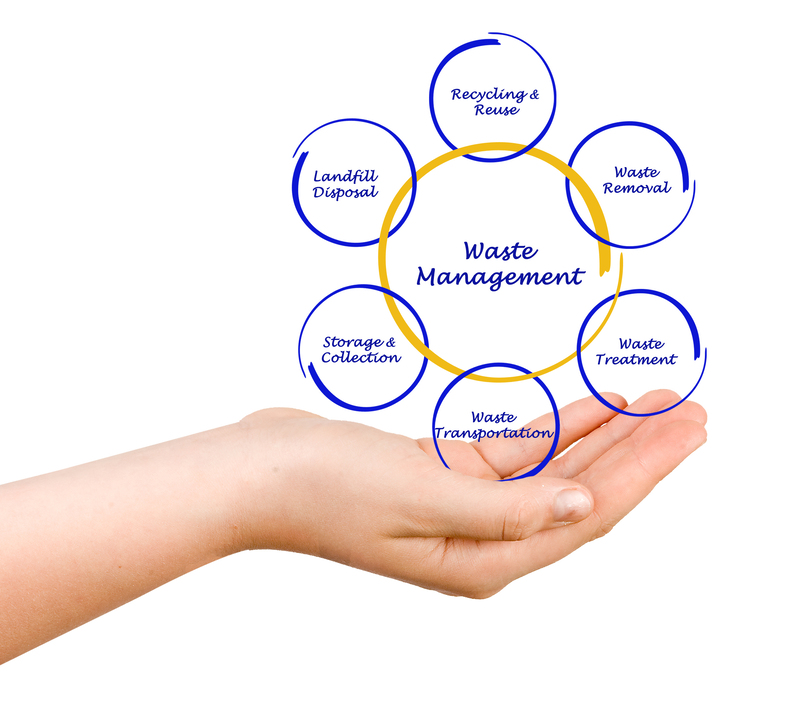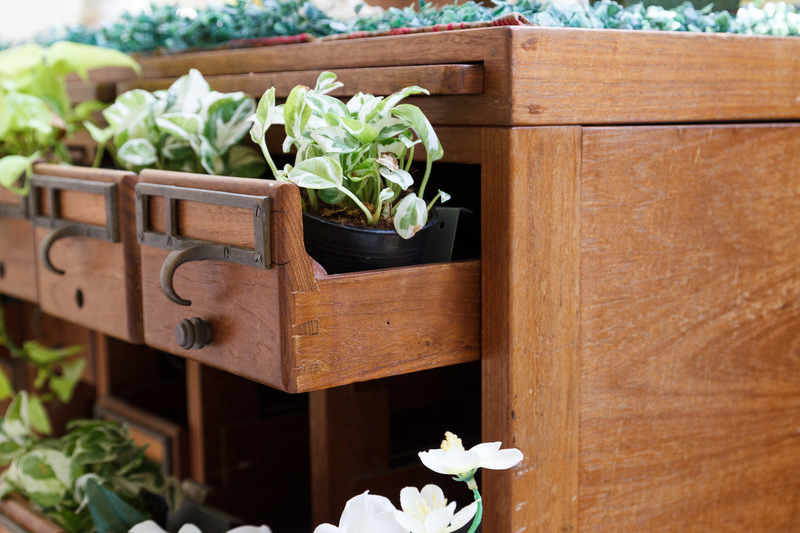Crafting a Sustainable Future: Recycling Clothes with Style
In an era dominated by fast fashion, environmental impact, and shifting consumer consciousness, recycling clothes with style emerges as a significant trend steering us toward a more sustainable future. No longer just about dropping off unwanted garments in a bin, modern clothing recycling blends creativity, eco-responsibility, and personal expression. This comprehensive guide dives into the world of eco-friendly fashion, exploring how to give old clothes new lives, reduce waste, and elevate your wardrobe with innovative style.
Why Recycle Clothes? The Importance of Sustainable Fashion
The fashion industry is one of the largest global polluters, generating massive textile waste annually. According to recent studies, over 92 million tonnes of textile waste are created each year worldwide, most ending up in landfills or incinerated--releasing harmful pollutants into the environment.
- Environmental impact: Clothing production involves toxic chemicals, immense water use, and carbon emissions.
- Landfill overflow: Clothes in landfills take decades -- even centuries -- to decompose, releasing methane and toxins.
- Resource depletion: Growing cotton, producing synthetics, and processing dye use up precious resources.
Sustainable fashion focuses on reducing this negative impact by favoring practices such as recycling clothing, choosing upcycled fashion, and supporting zero waste initiatives.
The Modern Movement: Stylish Clothing Recycling
Recycling clothes is no longer about basic hand-me-downs and donation bins. Today, it's about crafting a sustainable future by merging style with conscience. From DIY upcycling projects and thrift flipping to eco-friendly clothing lines, the possibilities for recycled fashion are limitless.
- Designer upcycling: Renowned brands and designers repurpose pre-loved textiles into high-fashion garments.
- Community projects: Local initiatives drive awareness and provide creative recycling workshops.
- DIY trends: Social media influencers showcase simple ways to transform old clothing into trendy pieces.

Understanding the Clothing Recycling Process
To truly appreciate recycling clothes for a sustainable future, it's helpful to understand how clothing recycling works. The process combines collection, sorting, repurposing, and sometimes industrial recycling.
1. Collection and Donation
The first step involves donating garments to local charities, drop-off bins, or specialized textile recycling programs. Organizations sort donations by condition, fabric, and type.
2. Sorting and Grading
Collected clothing is sorted. High-quality items are resold at thrift shops or exported, while damaged textiles may be downcycled into rags, insulation, or new fabric fibers.
3. Repurposing and Upcycling
Upcycling means creatively transforming unwanted clothes into fashionable, functional new products. This may involve dyeing, patchwork, or combining different garments.
4. Industrial Recycling
Large-scale recycling shreds textiles for industrial use (such as automotive insulation) or reprocesses fibers into new textiles (closed-loop recycling). This industry is quickly evolving, driven by innovation and sustainability.
Stylish Ways to Recycle Clothes at Home
Ready to make a difference? Here are five creative ways to recycle your old clothes and refresh your wardrobe with style:
- Thrift Flipping: Buy second-hand clothes and personalize them with patches, embroidery, or new fits. Turning a forgotten oversized shirt into a chic crop top is just the beginning.
- T-Shirt Quilts: Cut old t-shirts and sew them into a blanket, blending memories with practical warmth and zero waste.
- Accessory Upcycling: Repurpose denim into tote bags, transform scarves into headbands, or craft jewelry from fabric scraps.
- Dye and Tie-Dye: Revive faded garments with eco-friendly dyes or the ever-popular tie-dye method for instant trendiness.
- Patchwork Projects: Use fabric remnants to repair or embellish worn-out clothing, extending life and adding unique flair.
The Environmental and Social Benefits of Fashion Recycling
The impact of recycling clothing for a sustainable future reaches far beyond your closet. By choosing to recycle, upcycle, or donate, you contribute to a healthier planet and empowered communities.
- Reduced landfill waste: Fewer textiles thrown away means less pollution and slower landfill expansion.
- Energy savings: Reusing and recycling fabrics requires less energy than creating new textiles from scratch.
- Economic opportunities: The circular fashion economy creates local jobs and supports small businesses.
- Charity support: Many clothing donation programs fund social causes, education, or disaster relief.
- Personal growth: Upcycling and DIY projects foster creativity, skills development, and a sense of accomplishment.
Emerging Trends: The Rise of Eco-Friendly and Recycled Fashion Brands
Major fashion labels and startups alike are pioneering the future of recycled clothing and sustainable wardrobes. Some notable trends include:
- Eco-conscious materials: Brands use recycled polyester, organic cotton, and factory offcuts for new lines.
- Transparency: Labels showcase their supply chains and highlight the percentage of recycled content in products.
- Custom upcycling services: Businesses help customers transform old favorites into updated statement pieces.
- Zero waste designs: Innovative techniques prevent scrap fabric during manufacture.
*Notable examples* include brands like Patagonia, Eileen Fisher, and Stella McCartney, all leaders in sustainable fashion and clothing recycling.
Tips for Building a Zero Waste Wardrobe
You don't need to be a professional designer to embrace recycled clothing with style. Here are strategies to help you build a conscious, fashion-forward, and zero waste wardrobe:
- Buy mindfully: Invest in timeless, high-quality pieces instead of fast fashion.
- Organize clothing swaps: Exchange garments with friends or community to refresh your look sustainably.
- Wardrobe audits: Regularly assess your clothes, donate rarely-worn items, and upcycle what you can.
- Learn basic mending: Replace buttons, sew small tears, and patch holes to extend your clothes' lifespan.
- Support sustainable brands: Choose businesses that prioritize ethical supply chains and recycled materials.
- Educate yourself: Stay informed about sustainable fashion trends, fabrics, and recycling opportunities.
Creative DIY Upcycling Projects to Try
Unleash your creativity with these fun and rewarding DIY upcycling ideas for your old clothing:
- Denim Planters: Use jeans legs to make rustic planters for your home or garden.
- Sweater Mittens: Transform worn sweaters into cozy winter accessories.
- Tote Bags: Repurpose shirts, pillowcases, or dresses into convenient and customized tote bags.
- Headbands and Scrunchies: Utilize leftover fabric for unique hair accessories.
- Patchwork Skirts: Sew a skirt from mixed fabrics for a one-of-a-kind boho look.
How to Start Recycling Clothes with Style: Step-by-Step Guide
If you're new to recycling your clothes in style, here's a basic roadmap to get started and cultivate a sustainable, fashionable lifestyle:
- Assess Your Wardrobe: Sort your clothes. Set aside items that are damaged or no longer worn.
- Research Local Options: Find out where you can donate, recycle, or upcycle garments in your area.
- Get Inspired: Follow sustainable fashion accounts, Pinterest boards, and YouTube channels for creative ideas.
- Start Small: Try simple projects like dyeing or mending before moving to more complex upcycling.
- Share the Journey: Host workshops, organize clothing swaps, or post your projects on social media to inspire others.
Challenges in Fashion Recycling and How to Overcome Them
Although the momentum behind recycling clothes with style continues to grow, there are obstacles to address:
- Mixed materials: Many garments are blends of different fibers, which complicates recycling. Opt for single-fiber clothes or educate yourself on proper disposal methods.
- Fast fashion cycles: Rapidly changing trends can discourage long-term use. Combat this by choosing timeless pieces and customizing your own trends through DIY projects.
- Lack of recycling facilities: Access to clothing recycling varies by region. Advocate for better options and support businesses offering eco-friendly solutions.
The Future of Stylish Clothing Recycling
With advancing technology and growing community support, the future of sustainable fashion shines bright. Innovations like fabric-to-fabric recycling, biodegradable dyes, and AI-driven sorting are set to revolutionize the process. Looking ahead, recycled fashion is not just a responsibility--it's an opportunity for self-expression, creativity, and positive change.

Conclusion: Embrace a Stylish, Sustainable Wardrobe
Crafting a sustainable future starts with small, conscious choices. By recycling clothes with style, you become part of a global movement working to minimize waste, value resources, and celebrate individuality. Explore creative upcycling, support eco-friendly brands, and spark change in your community. Remember: Your wardrobe can be both a fashion statement and a force for good.
Frequently Asked Questions (FAQ)
- What types of clothes can be recycled?
Almost all garments--including jeans, t-shirts, sweaters, coats, and accessories--can be recycled or upcycled, regardless of condition. - Where can I recycle clothes near me?
Look for local charity shops, community recycling centers, or specialized textile drop-off points. Many urban areas offer dedicated clothing recycling bins. - Does clothing recycling really help the environment?
Yes, it significantly reduces landfill waste, conserves resources, and lowers the carbon footprint associated with fashion production. - How can I make recycling my clothes stylish?
Explore DIY projects, follow upcycling tutorials, try thrift flips, and consider custom tailoring or embellishment to personalize second-hand finds.
Further Reading on Sustainable Fashion and Creative Recycling
For more about recycling clothes with style and sustainable fashion, check out these resources:
- Fashion Revolution
- WRAP: Sustainable Textiles
- Patagonia: Recycled Clothing
- Greenpeace: Detox My Fashion
Begin your journey today. Craft a wardrobe that expresses your style--and reflects your values.